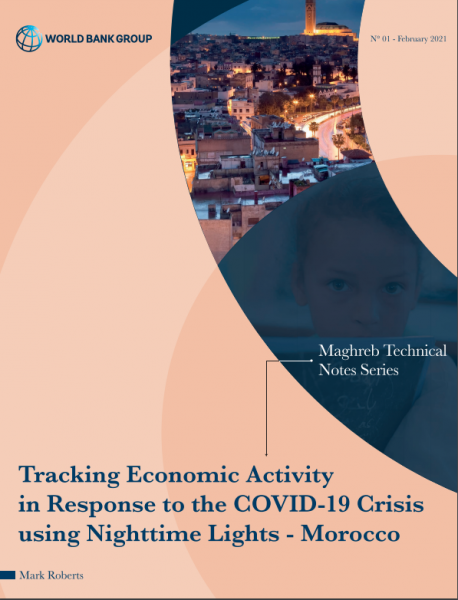Matthew Slaughter and David McCormick at Foreign Affairs: “…Working with all willing and like-minded nations, it should seek a structure for data that maximizes its immense economic potential without sacrificing privacy and individual liberty. This framework should take the form of a treaty that has two main parts.
First would be a set of binding principles that would foster the cross-border flow of data in the most data-intensive sectors—such as energy, transportation, and health care. One set of principles concerns how to value data and determine where it was generated. Just as traditional trade regimes require goods and services to be priced and their origins defined, so, too, must this framework create a taxonomy to classify data flows by value and source. Another set of principles would set forth the privacy standards that governments and companies would have to follow to use data. (Anonymizing data, made easier by advances in encryption and quantum computing, will be critical to this step.) A final principle, which would be conditional on achieving the other two, would be to promote as much cross-border and open flow of data as possible. Consistent with the long-established value of free trade, the parties should, for example, agree to not levy taxes on data flows—and diligently enforce that rule. And they would be wise to ensure that any negative impacts of open data flows, such as job losses or reduced wages, are offset through strong programs to help affected workers adapt to the digital economy.
Such standards would benefit every sector they applied to. Envision, for example, dozens of nations with data-sharing arrangements for autonomous vehicles, oncology treatments, and clean-tech batteries. Relative to their experience in today’s Balkanized world, researchers would be able to discover more data-driven innovations—and in more countries, rather than just in those that already have a large presence in these industries.
The second part of the framework would be free-trade agreements regulating the capital goods, intermediate inputs, and final goods and services of the targeted sectors, all in an effort to maximize the gains that might arise from data-driven innovations. Thus would the traditional forces of comparative advantage and global competition help bring new self-driving vehicles, new lifesaving chemotherapy compounds, and new sources of renewable energy to participating countries around the world.
There is already a powerful example of such agreements. In 1996, dozens of countries accounting for nearly 95 percent of world trade in information technology ratified the Information Technology Agreement, a multilateral trade deal under the WTO. The agreement ultimately eliminated all tariffs for hundreds of IT-related capital goods, intermediate inputs, and final products—from machine tools to motherboards to personal computers. The agreement proved to be an important impetus for the subsequent wave of the IT revolution, a competitive spur that led to productivity gains for firms and price declines for consumers….(More)”.


